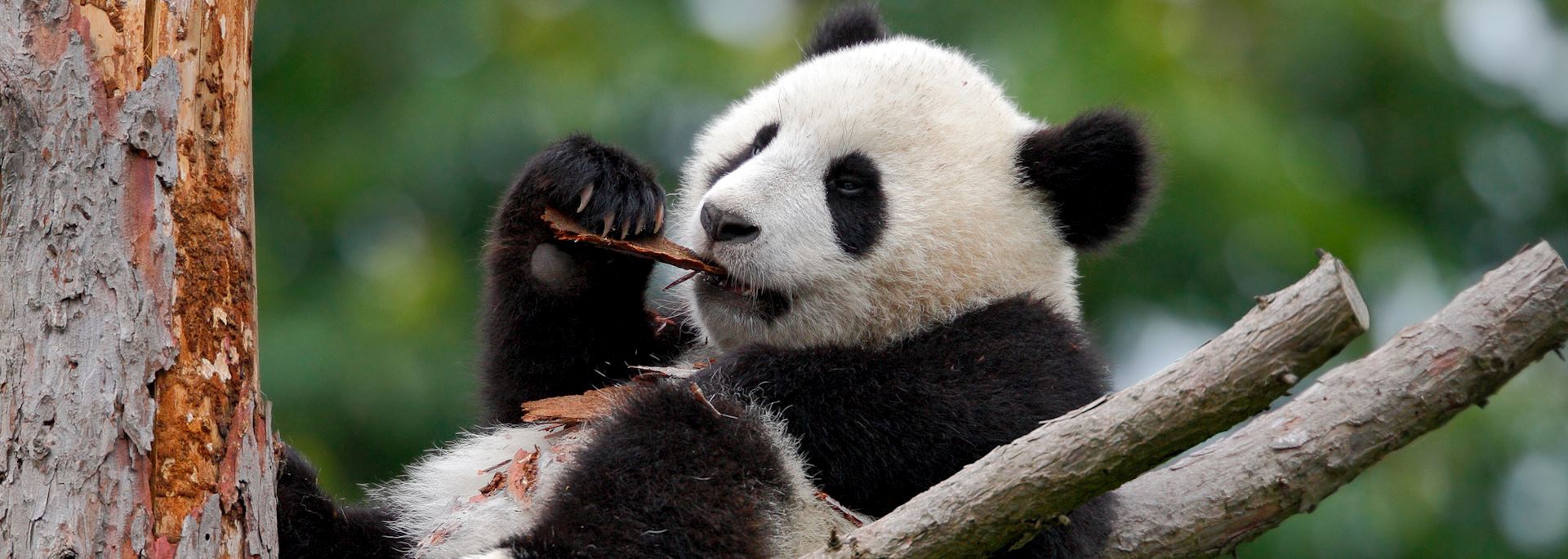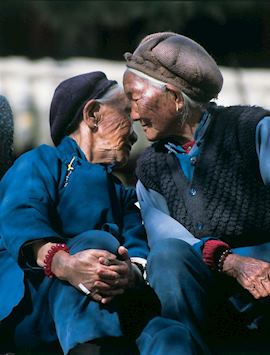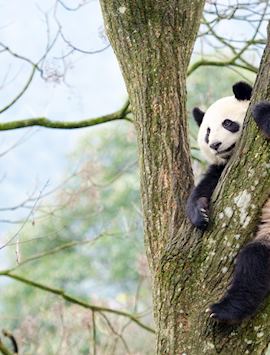By China specialist Anthony
China might not be the most obvious destination for family travel, and yet it has all the ingredients for a rewarding trip. For a start, China’s a child-inclusive society. You’ll see families of all ages out eating together or exploring cultural attractions.
Then, there’s the ease of getting around. You can explore China by high-speed train, negating the need for hours spent waiting at airports or long car journeys. Hotels are modern, clean, and often have Western mod cons. And, given the sheer amount of hands-on activities you can do here as a family, I think China particularly suits little ones or older children who like to be constantly occupied.
I’ve taken inspiration from this family-focused trip suggestion for China, adding in further ideas for child-pleasing activities. For each destination I mention, there are also specific family-friendly hotels we can recommend: your specialist will be able to outline these for you.
First taste of China: food tours and cooking classes
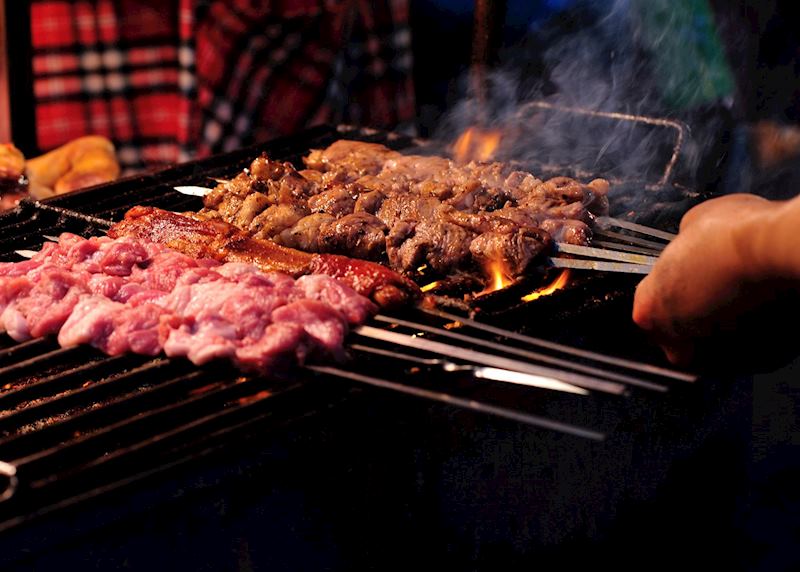
When I speak to families interested in going to China, some worry that their children won’t enjoy the food. In fact, this is a common concern for many first-time visitors. We debunk the food a little more in our guide to everything you always wanted to know about China (but were afraid to ask).
While I can’t vouch for particularly picky eaters, China’s cuisine is a broad church and most people find dishes they enjoy. My tip is to take a food tour or cooking class at the start of your trip. You’ll be given a gentle introduction to eating in China, and you’ll have the confidence to order meals for the rest of your time there.
Food tours
There’s a smorgasbord of food tours to choose from. Whichever you opt for, I’ve found that the (bilingual) guides are good with children. They involve them, but never talk down to them.
For starters, there’s a great breakfast food tour in Shanghai. You eat your way through the city’s many types of dumplings while strolling the leafy streets of the French Concession district. Children often love how you’re actively encouraged to noisily slurp xiaolongbao (soup dumplings): this signifies you’re enjoying your meal. Later, you can try sweet dumplings filled with egg custard and shaped like pigs.
The tour culminates with a cooking class where you’ll get to make jiaozi, a dumpling eaten at Chinese New Year.
There’s a similar breakfast tour in Beijing, where you’ll explore the city’s hutongs ― narrow, medieval-era lanes of adjoining houses built around courtyards ― as the residents are stirring. Food on this tour includes yoghurt (consumed China-style, through a straw) and hotplate-fresh jianbing (pancakes).
Older children might enjoy an evening food tour. In Xian, you travel through the city’s central grid of narrow streets by tuk-tuk, pausing to eat along the way. If you eat meat, Xian’s signature dish of roujiamo ― burgers filled with pulled pork ― is a succulent treat. You can find out more about this particular tour in our guide to Chinese food.
Cooking classes

One of the best cooking classes takes place in Beijing. Your host is the affable Carlyle, who’s passionate about sharing traditional Chinese recipes. I loved making his kung pao chicken, a fresher version of a dish that’s probably slightly more familiar to Western palates.
You prepare dishes under the guidance of chefs from some of Beijing’s luxury hotels. While Carlyle interprets, a chef demonstrates chopping and dumpling-making techniques. I was taught by Chef Li, who was kind enough to pronounce my clumsy attempts at shaping dough ‘very good’ (a blatant, if kind, lie ― I imagine he’d be wonderfully patient with children).
If your family are dumpling fans, you can also learn how to make a regional Shaanxi variety in a family home in Xian ― followed up by a multi-course lunch prepared by the mum, Shang.
Ideas for active families in China: biking, hiking and kung fu
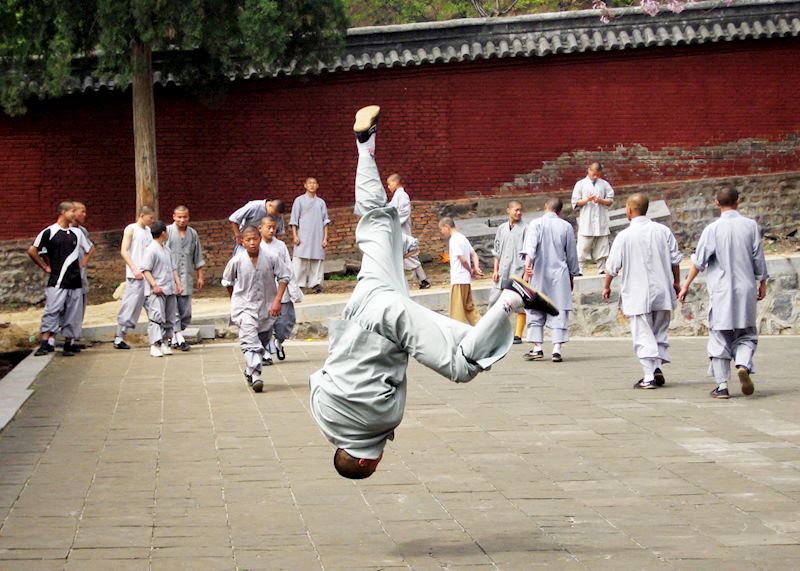

China is a country of cyclists, but its busy cities can be daunting to navigate by bicycle alone, especially with children. However, if you like cycling, there are alternative ways to experience China on two wheels.
Family-friendly cycling tours
You could join a guided, small-group morning cycling tour of Shanghai. You’ll explore two of the city’s calmer quarters, the French Concession and the cramped maze of the old town. Children as young as six and seven can ride, and guides will go at a pace which suits you.
The tour takes you down backstreets filled with sweet-smelling laundry and small street markets, then into lilongs (alleyways) and past traditional shikumen (stone-gate) houses. You regularly jump off your saddle to examine certain places more closely. Children might particularly love the detour into Fuxing Park, and the flurry of activities going on there: ribbon dancing, diablo juggling, water calligraphy, t’ai chi, choral singing and folk dancing.
There’s more serene cycling to be found in the countryside around Yangshuo (reached via Guilin, just over a two-hour flight from Xian). This is where you’ll find the pointy limestone karst peaks that seem lifted straight out of Chinese classical art. You can take them in via raft or boat rides, but cycling is also a good, relaxed way to see this landscape. Hotels in this area all have bicycles for rent.
Aside from cycling, Yangshuo has other draws ― notably its river-based, theatrical barnstormer of a sound-and-light show. You can learn more about Yangshuo’s production and how to experience it in our guide to luxury China.
Walking the Great Wall of China as a family
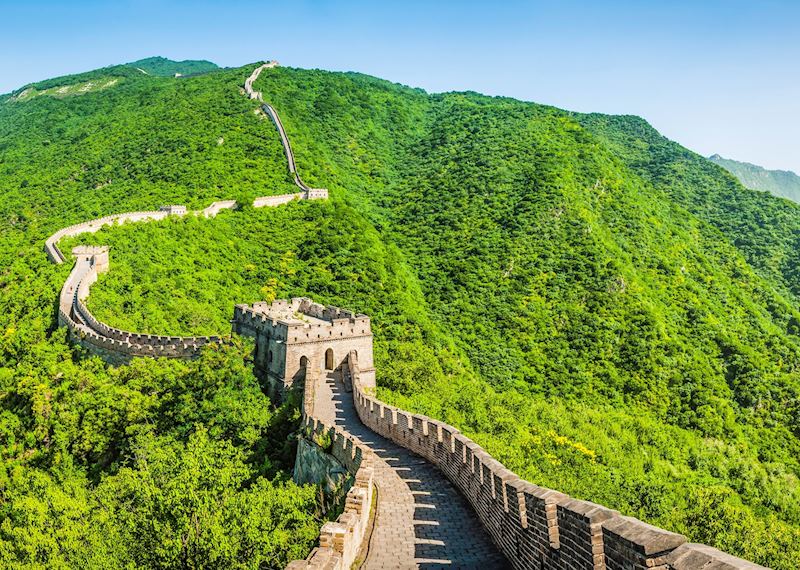
Families who like walking can hike along one of the quietest sections of the Great Wall at Jinshanling. It takes a couple of hours to get there from Beijing by car, but you’re rewarded with views of the wall peeling off across mountains and over the horizon. It needn’t be a strenuous hike, either: you can take a cable car back down the mountainside at Small Jinshan Tower. Our Great Wall of China guide explains more about how to experience this Chinese landmark.
A kung fu class with a trainee Shaolin warrior monk
Stepping into the Shaolin Temple complex (a working monastery), you walk through a succession of prayer halls, pavilions and a pagoda forest to reach the performance hall where your lesson takes place.
En route, you’ll see apprentices working on their discipline in outdoor courtyards. You might see them performing fly kicks and flips or working with a hou gun (‘monkey staff’), a weapon used in a sub-discipline of kung fu that incorporates ape-like movements into routines.
You’re given an hour-long lesson with a student of the Little Dragon Martial Arts School. My teacher was only 13 years old, but his skills were remarkable. He taught me a routine, correcting my posture carefully. I didn’t do any stunts as such, but it was extremely fast-paced and involved a series of punching movements. Invigorating stuff.
As part of your visit, you can watch the monks perform in a show. This is very much a spectacle that's put on for visitors. However, kung fu is also a meditation-like practice of faith for the Shaolin monks.
For this experience, you’ll need to travel to the town of Luoyang, a four-hour journey by high-speed train from Beijing. It can also be reached by direct train from Xian, making it relatively easy to slot into an itinerary.
For young animal lovers: seeing China’s giant pandas
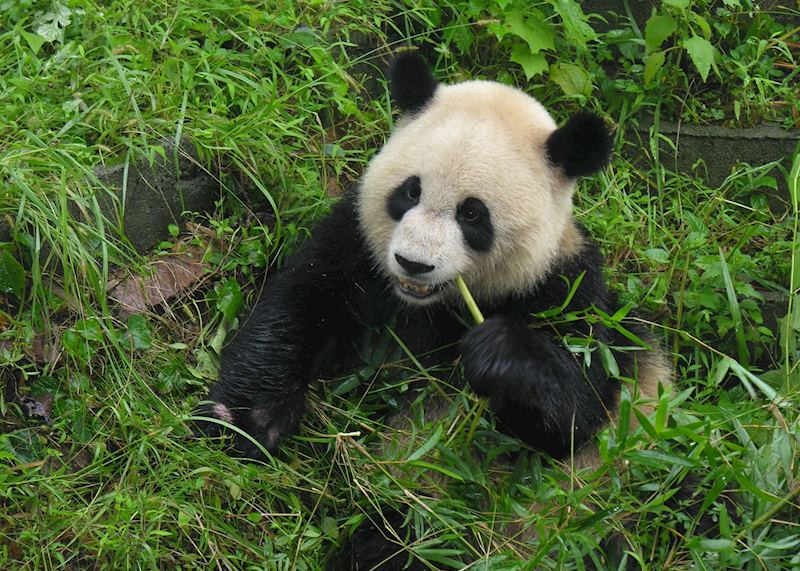
As far as Audley’s concerned, there’s only one place to go to see China’s ambassador animal: Chengdu’s Research Base of Giant Panda Breeding.
Here, the welfare of the panda is priority — you’ll be able to observe the animals in an environment that closely replicates their natural bamboo forest habitat. Go at the right time of year, and you might see newborns.
Here’s everything you need to know about seeing pandas in China.
The path less explored: adventurous family activities in China
It can be tempting to stick to China’s cities, but you might like to consider venturing to rural Yunnan province.
Dali, one of its main towns, is a slice of story-book China. It occupies a Narnia-like setting, planted squarely between a pearlescent lake, Erhai, and mountain ranges often crowned in snow. The town is home to the Bai minority, one of China’s 56 ethnic communities.
I suggest staying just out of town in the Linden Centre, a hotel that makes use of Bai architecture and woodcarvings. Surrounded by watery paddy fields, it’s a great base to try a Bai cooking class (where you might make Xizhou baba, ‘Chinese pizza’). Learn calligraphy and Bai folk dancing, go for hikes in a nearby prairie, or take a cable car to the top of the Cangshan Mountains.
But, even in China’s cities, there are ways to reach the countryside. I love a private tour in Xian, which sees you leave the city behind and explore (in a military jeep, no less) the farming villages of the Loess Plateau.
Guides are bilingual, extremely charismatic, and will encourage you to follow your nose. Expect anything ― from inspecting abandoned cave homes to watching a masterly paper cutter at work. You can find out more about this tour in our blog article, Xian beyond the Terracotta Army.
Read more about trips to China
Start thinking about your experience. These itineraries are simply suggestions for how you could enjoy some of the same experiences as our specialists. They're just for inspiration, because your trip will be created around your particular tastes.
View All Tours in China
